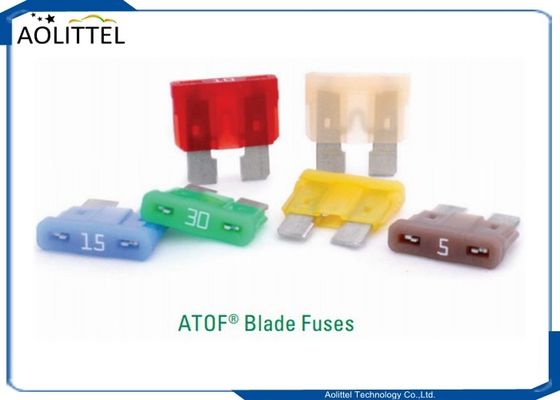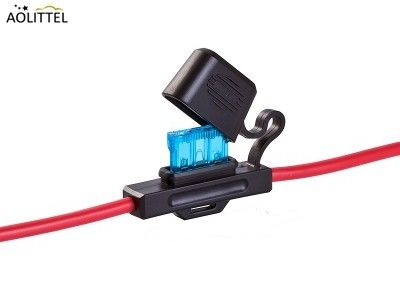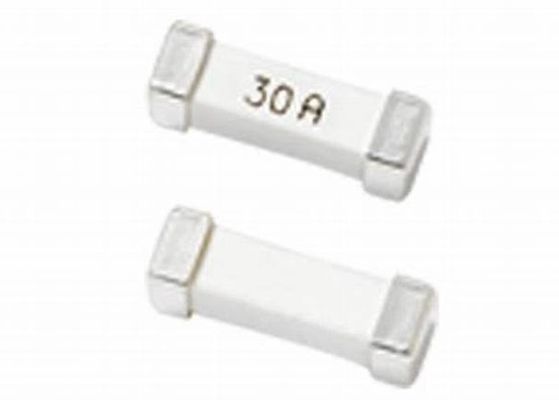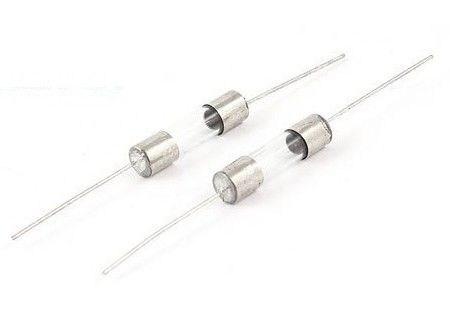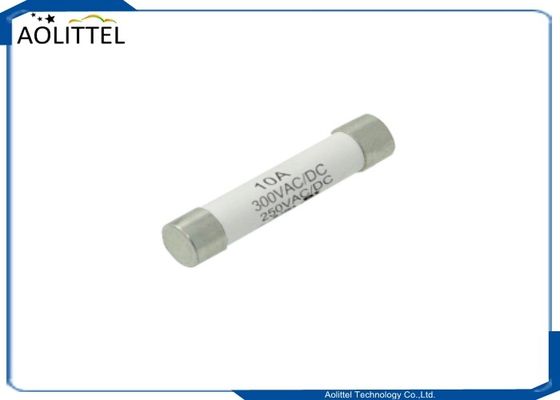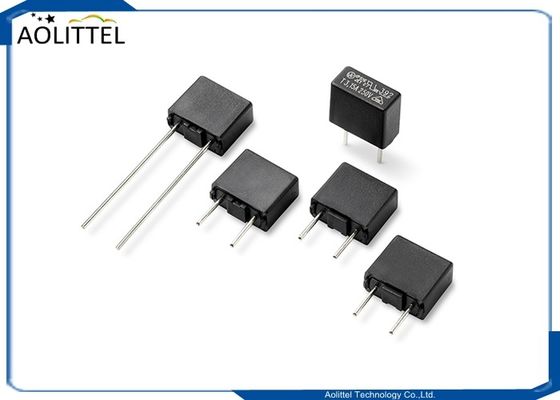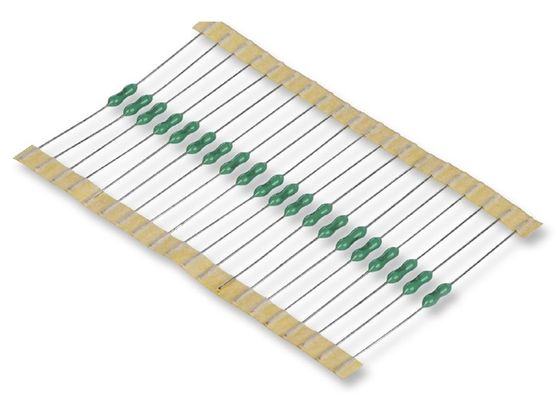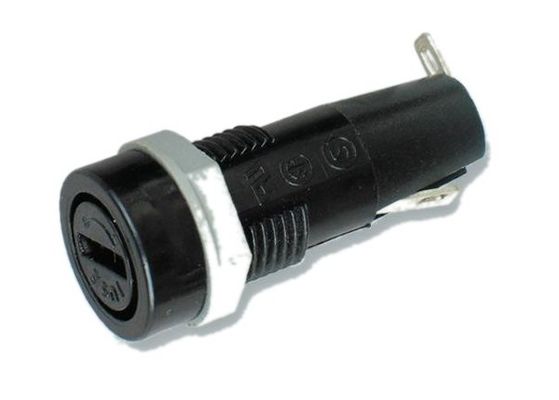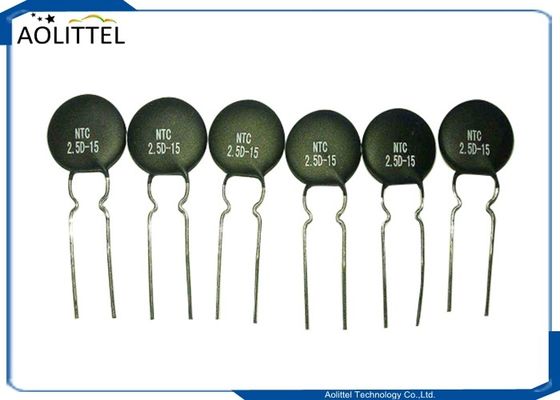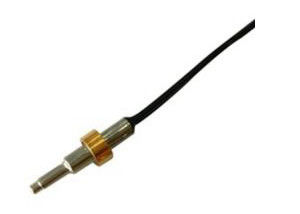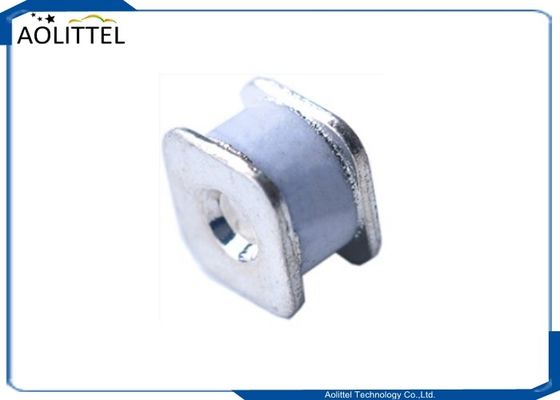Negative Temperature Coefficient (NTC) thermistors are made of sintered metal oxide. They display large decreases in resistance in proportion to small increases in temperature.Their resistance is calculated by passing a small and measured direct current (DC) through the thermistor and measuring the voltage drop produced.
Applications
Temperature Measurement
Temperature Compensation
Temperature Control
5 Essential Considerations When Selecting an NTC Thermistor
Temperature Range
When choosing a temperature sensor, the first consideration should be the temperature range of the application.Since NTC thermistors perform well in an operating range between -50°C and 250°C, they are well suited for a wide range of applications in many different industries.
Accuracy
Of the basic sensor types, an NTC thermistor’s ability to achieve the highest accuracy is within the -50°C to 150°C range, and up to 250°C for glass encapsulated thermistors.Accuracy ranges from 0.05°C to 1.00°C.
Stability
Stability is important in applications where long-term operation is the goal. Temperature sensors can drift over time, depending upon their materials, construction, and packaging.An epoxy-coated NTC thermistor can change by 0.2°C per year while a hermetically sealed one changes by only 0.02°C per year.
Packaging
Packaging requirements are dictated by the environment the sensor will be used in.
NTC Thermistors can be customized and potted into various housings dependent on application requirements. They can also be epoxy coated or glass encapsulated for further protection.
Noise Immunity
NTC Thermistors offer excellent immunity to electrical noise and lead resistance.
More Considerations
NTC thermistors have specific electrical properties:
- Current-time characteristic
- Voltage-current characteristic
- Resistance-temperature characteristic
Type and Size of Product
The thermistor user will usually know what is needed in terms of size, thermal response, time response, and other physical features that go into the configuration of the thermistor. It should be easy to narrow down the choice of NTC thermistors even when data is lacking, but a careful analysis of the intended application of the thermistor must be made.
Resistance-Temperature Curves
Ametherm data sheets contain a table or matrix of resistance ratios versus temperature for each of their NTC thermistor products. Coefficients α and β are also provided for particular equations to help the user or designer to translate resistance tolerance in terms of accuracy in temperature, as well as calculate the temperature coefficient for each curve.
There is quite a wide range of materials that can be used to manufacture thermistors, but there are limitations involved depending on the size, operating and storing temperature range and nominal resistance values.
Nominal Resistance Value
The next factor to consider is whether the application needs to be curve matched or point matched. This will allow for the calculation of the needed nominal resistance value at a given temperature.
Ametherm offers an entire range of nominal resistance values for their NTC thermistors. The standard reference temperature is 25°C, but buyers and designers can request different temperatures.
A word of caution: if the desired resistance is not available in the combination of product type and material component, then a decision must be made as to which characteristic takes priority: product type/size, material preference or resistance ratio.
Resistance Tolerance
When looking at product specification sheets, Ametherm provides standard tolerances. For example, disc or chip thermistors usually have a zero-power resistance distribution of ± 1% to ± 20%.
To save on costs, Ametherm recommends specifications of the broadest possible tolerance that is relevant to intended use.
Types of NTC Thermistors
Disc and Chip: They come configured with or without coating with bare or tinned copper leads. There are thermistors for a broad span of resistance values to suit
every situation.
Epoxy: Epoxy dip coated and soldered between jacketed Teflon/PVC wires. Their small dimensions allow for easy installation, and they can be point or curve matched.
Glass-Encapsulated: An excellent choice when dealing with extreme environmental conditions and when stability is of the utmost importance. Configurations include
radial leaded or axial leaded thermistors.
Probe Assemblies: Available in a variety of housings depending on application requirements.
Surface Mount: Configuration options include Bulk, Tape & Reel, Two-Sided, and Wrap-Around with Palladium Silver Terminations. Made with Nickel Barrier, these thermistors work great in precision circuits.

 Your message must be between 20-3,000 characters!
Your message must be between 20-3,000 characters! Please check your E-mail!
Please check your E-mail!  Your message must be between 20-3,000 characters!
Your message must be between 20-3,000 characters! Please check your E-mail!
Please check your E-mail! 
